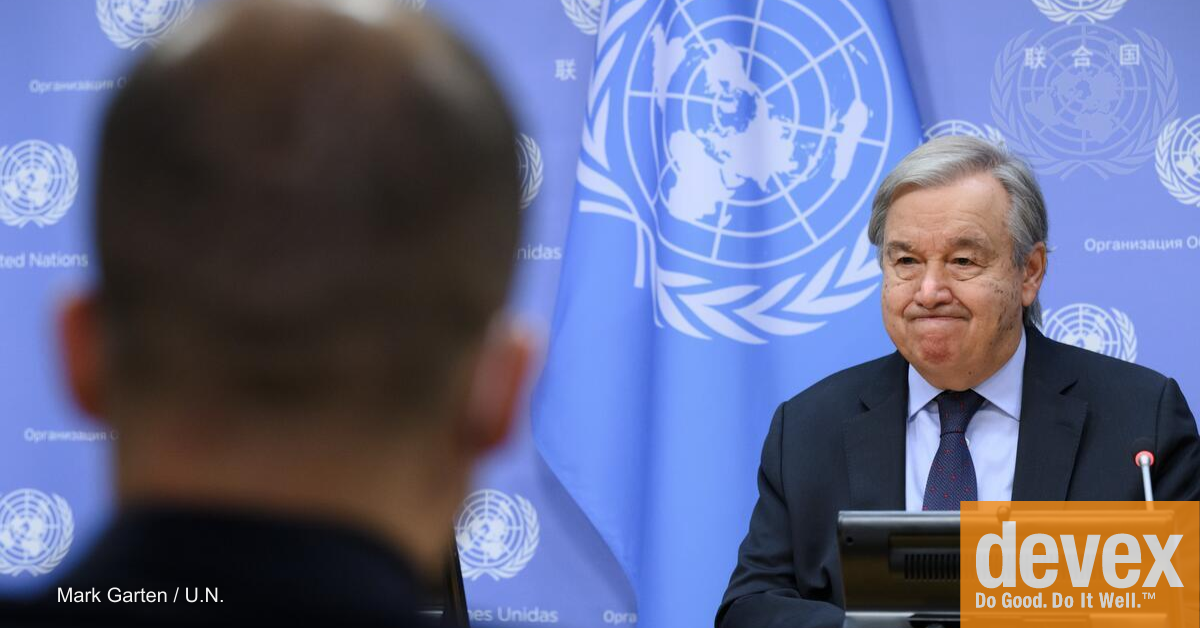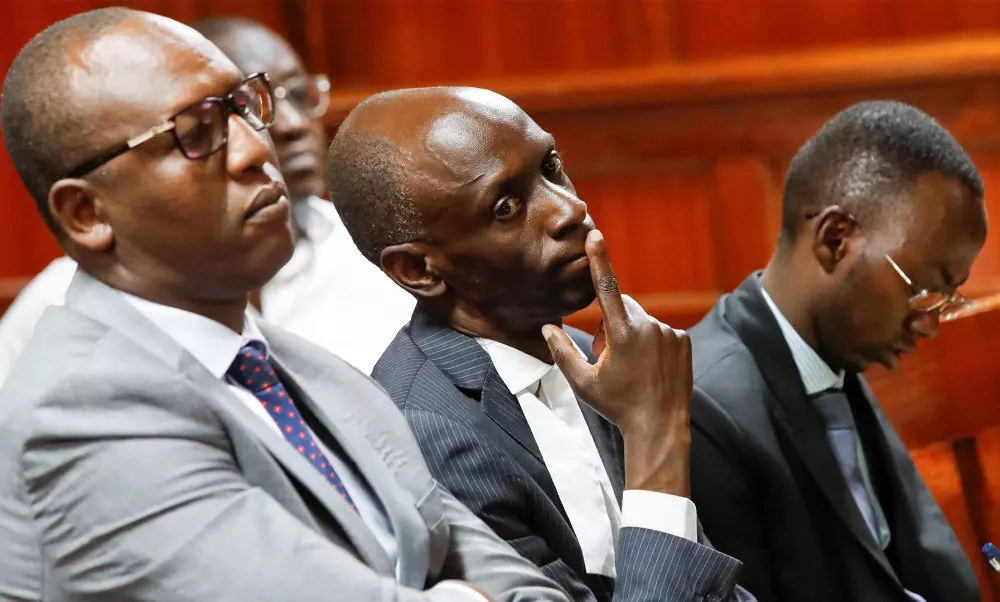Climate Fund Launches After Extreme Weather, Navigating
Complex Challenges Ahead
In the wake of devastating extreme weather events in the
United Arab Emirates, discussions aimed at establishing a fund to address
climate-related losses and damages were propelled into the digital realm.
Despite the challenges posed by the global pandemic, optimism pervaded among
participants following the conclusion of the inaugural board meeting. From
April 30th to May 2nd in Abu Dhabi, the meeting primarily tackled procedural
matters. Attendees conveyed unanimity on crucial aspects, including direct access
for disaster-affected communities and the establishment of a secretariat to
oversee operations.
However, the path to operationalizing the fund is strewn
with intricate challenges, ranging from fundraising to allocation strategies.
These contentious issues, including the nomenclature of the fund, loom large
and demand resolution in subsequent meetings. The event underscored the
Herculean task ahead for the board, tasked with navigating a labyrinth of
interconnected components to inaugurate a fund from scratch.
Following protracted negotiations, the decision to launch
the loss and damage fund was sealed at COP28, the UN climate summit held in
Dubai, UAE, in December of the preceding year. Yet, the concept of climate
liability, entailing substantial financial commitments from affluent,
high-polluting nations, has long been a flashpoint. Despite initial resistance
from major emitters, a consensus emerged, albeit tardily, paving the way for
the fund's establishment.
Scheduled for governmental endorsement at COP29 in November,
the board's decisions will shape the institution's policies. However,
operational delays and the daunting task of launching a new entity suggest that
disbursements are unlikely to commence before 2025. The board faces the arduous
task of delineating the fund's operational modalities amidst divergent visions
on expenditure priorities.
While extant institutions like the Green Climate Fund have
faced criticism for sluggishness and complexity, the new fund promises a more
agile mechanism to address the needs of climate-vulnerable nations. Beyond
addressing loss and damage, the fund's creation aims to rectify systemic
deficiencies in international financing frameworks exacerbating climate
impacts.
Critical to the fund's efficacy is the role of the World
Bank, designated to host its secretariat temporarily. Originating from a
proposal by the historically reticent United States, this arrangement has
elicited apprehension among activists and officials from Global South nations.
Concerns persist that the Bank's involvement could entail undue influence from
its major shareholder and other high-income, high-emission countries.
While the board retains decision-making authority, anxieties
linger regarding the Bank's potential influence. The Bank's pledge to meet
stipulated conditions, including direct access for communities and adherence to
the fund's governing instruments, offers reassurance. Yet, the litmus test lies
in its ability to deliver on these commitments.
Awaiting confirmation in June, the Bank's compliance will be
pivotal in shaping the fund's trajectory. Concurrently, the board grapples with
other institutional imperatives, such as selecting a host country, establishing
a permanent secretariat, and appointing an executive director. A UN dialogue
process seeks to harmonize the fund within the broader multilateral landscape,
ensuring alignment with global climate objectives.
In the crucible of Abu Dhabi's deliberations, the seeds of a
transformative initiative to address climate loss and damage were sown. As
stakeholders navigate the intricate terrain ahead, their resolve to confront
the climate crisis underscores a collective commitment to resilience and
justice on a global scale.










.jpg)